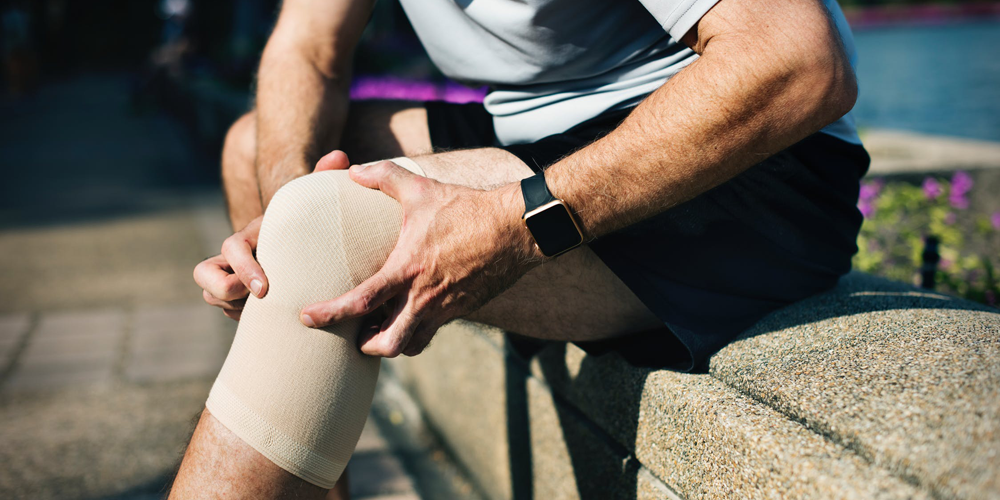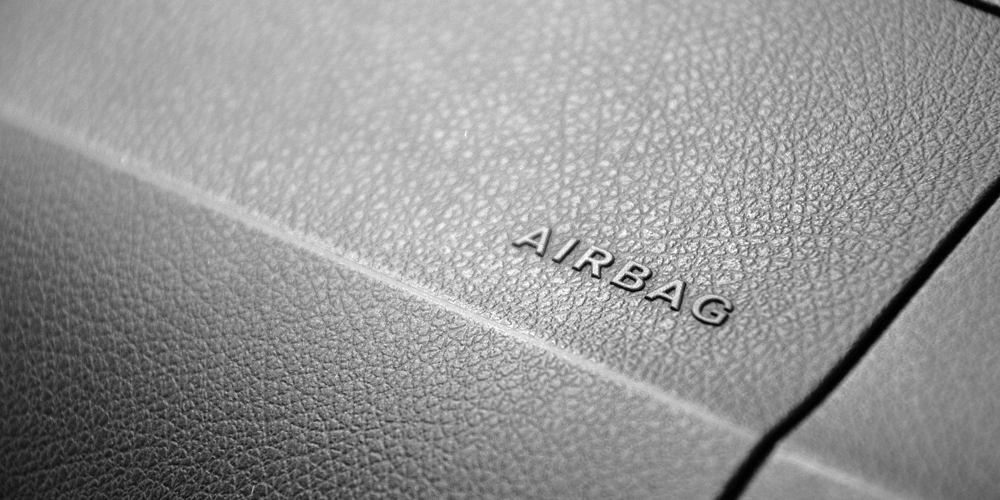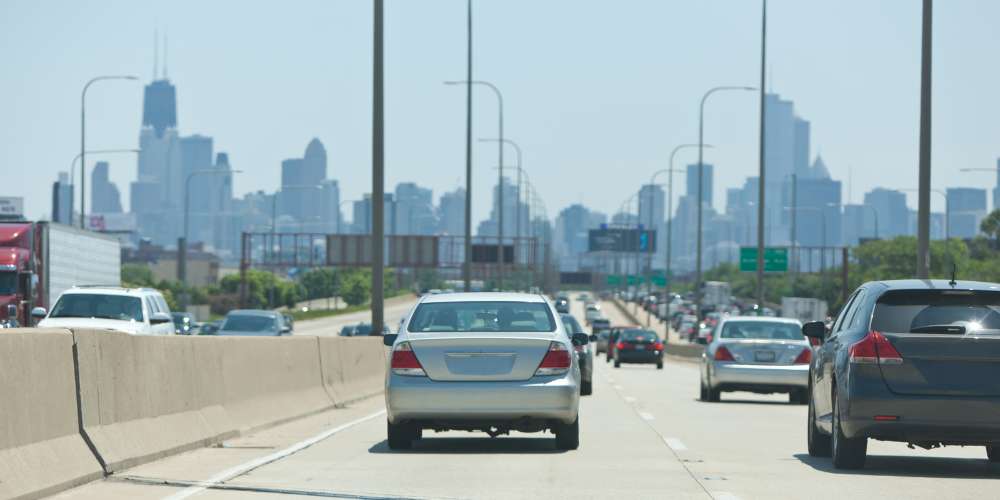While we recommend seeing a chiropractor after a car accident, the most important way to…

How Long Should You Be Sore After a Car Accident?
Car accidents take place every minute of every day. Unfortunately, they’ve become a stark reality in a world dependent on automobile transit. If you are injured in an accident, it’s critical to see a doctor immediately. Even if a passenger is not seriously injured, varying lingering pain and soreness can occur depending on many factors. Visiting a chiropractor can help determine how long you should be sore after an accident and help expedite the recovery process.
What injuries did you suffer?

Someone involved in a car accident can suffer a number of different physical injuries. Injuries can range from minor lacerations caused by glass or other objects penetrating the skin, to broken bones. Two more common areas of injury are to the neck and the back and can include whiplash and herniated discs.
The more serious the physical injuries, the longer someone can expect to be sore following an accident. Typically, those who suffer a car accident experience some pain or soreness for up to six weeks afterward. In cases where the injuries are minor, soreness can subside more quickly, and in the event of more serious injuries, lasting effects can sometimes be permanent.
How severe was the accident?

Physical pain, lasting soreness and discomfort will vary from person to person based on the severity of the accident. In very low-speed accidents, it’s possible that injuries are minimal and that soreness, if any, doesn’t last more than a few days. High-speed accidents tend to produce more serious injuries and cause long-lasting soreness. The most serious of accidents occur when two cars, each traveling at a high speed, collide. In cases in which there are survivors from two-vehicle high-speed accidents, it’s possible that some discomfort from injuries will be lifelong.
The size of the vehicles involved in the accident can also be a determiner in what to expect in the aftermath. Cases in which two cars of similar size collide tend to have less serious consequences for passengers than when an SUV-type car is involved in an accident with a smaller sedan. In an accident when a smaller car is hit by a larger one, passengers in the smaller car can expect to suffer more serious injuries and soreness and discomfort for a longer period of time.
Were you wearing a seat belt?

One of the factors that can mitigate the effects of an accident the most is the use of a seat belt. Every passenger in a moving vehicle should always have his or seat belt properly fastened. Seat belts save lives and reduce serious injuries. However, in protecting passengers, seat belts can cause a few injuries of their own due to their position across a passenger’s chest. Injuries from seat belts can include bruising to the abdominal area, whiplash and breathing difficulty. Despite these injuries, in nearly all cases of car accidents, injuries would be far more serious if a passenger did not wear their seat belt.
Did the airbags deploy?

Airbags in the driver’s seat and front passenger’s seat should deploy depending on the force and impact of the accident. Airbags are designed to cushion the passenger and stabilize their body in the direct aftermath of an accident. Just like seat belts, they can be lifesaving instruments and prevent more serious injuries including death. Due to their forceful deployment, though, airbags can also cause some injuries from their impact to a passenger. In some cases, airbags can cause bruises, abrasions or burns. The more forceful an airbag deploys, the more likely a passenger is to experience some discomfort and soreness in the following weeks. While it may cause some injuries, it is almost always less than what would result if the airbag did not deploy.
Treating soreness and post-accident discomfort

Those involved in a car accident will face varying degrees of soreness, pain and discomfort afterward dependent on several factors. In the best-case scenarios, involving low-speed accidents in which the passenger was wearing a seat belt and suffered only minor injuries, he or she might notice soreness for just a few days. In more serious accidents involving high speeds or vehicles of varying sizes, passengers can suffer more threatening injuries that can leave them feeling the effects for years.
Passengers who were in any type of car accident should seek the advice of a chiropractor in how to best treat pain afterward.
For more information, please contact us.



